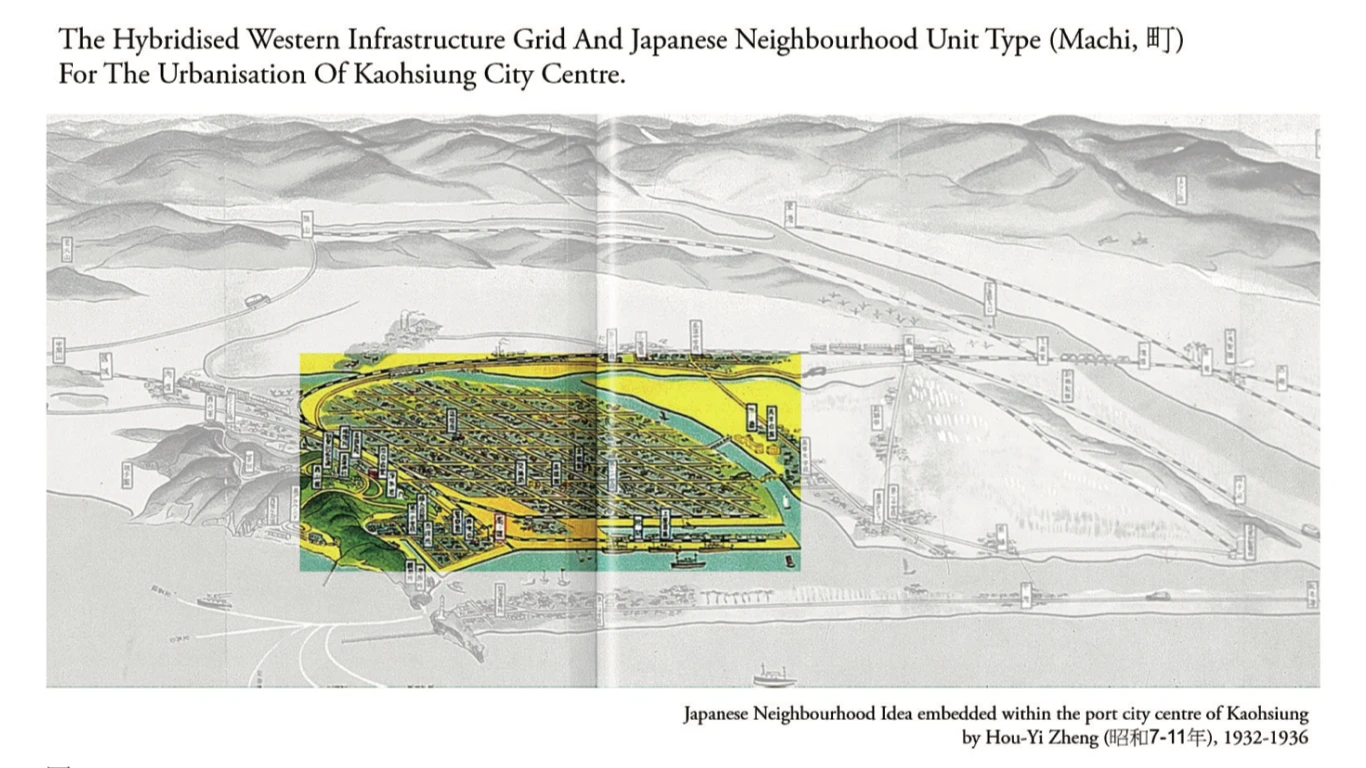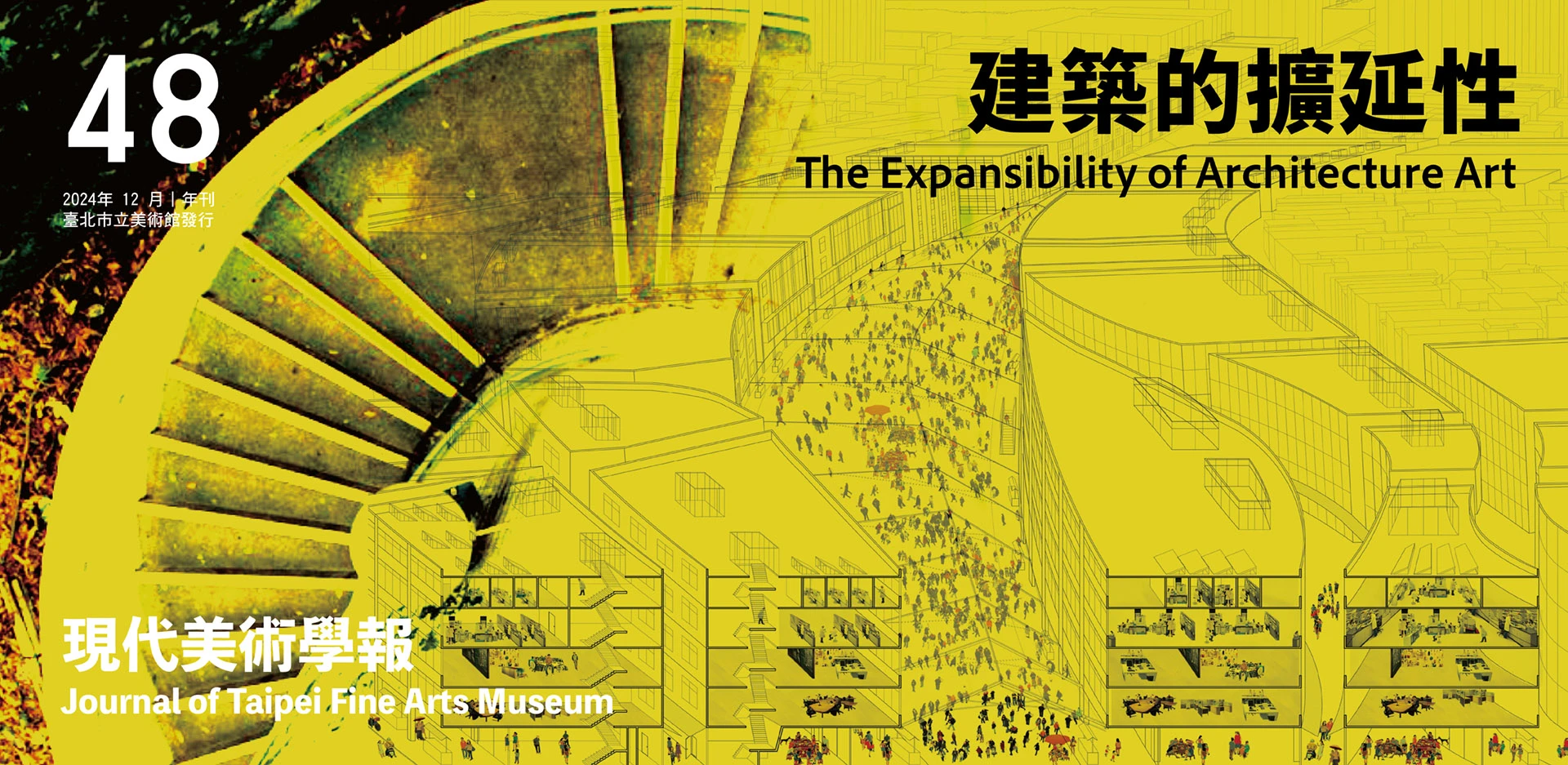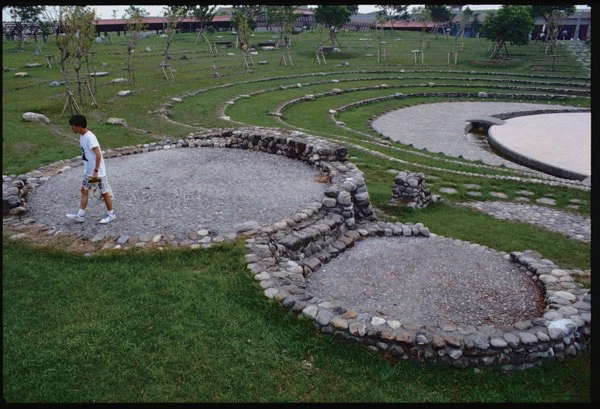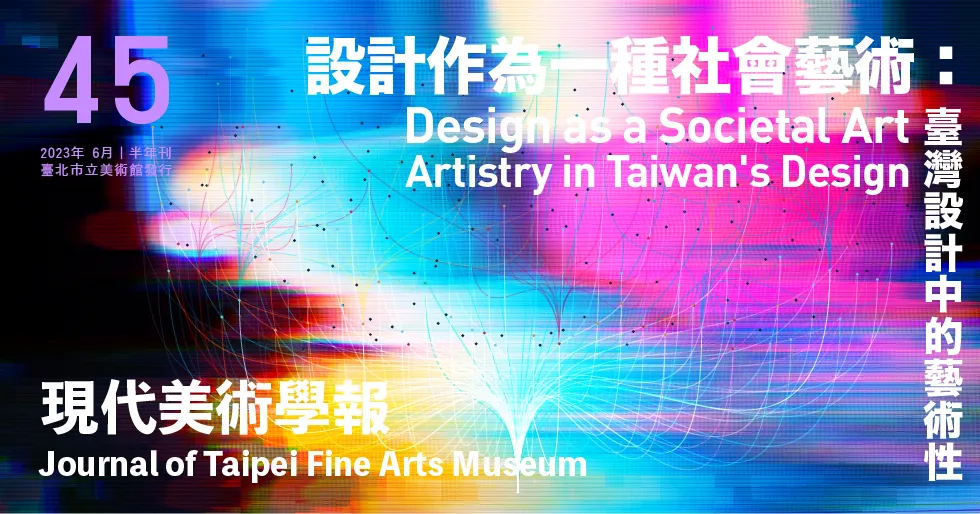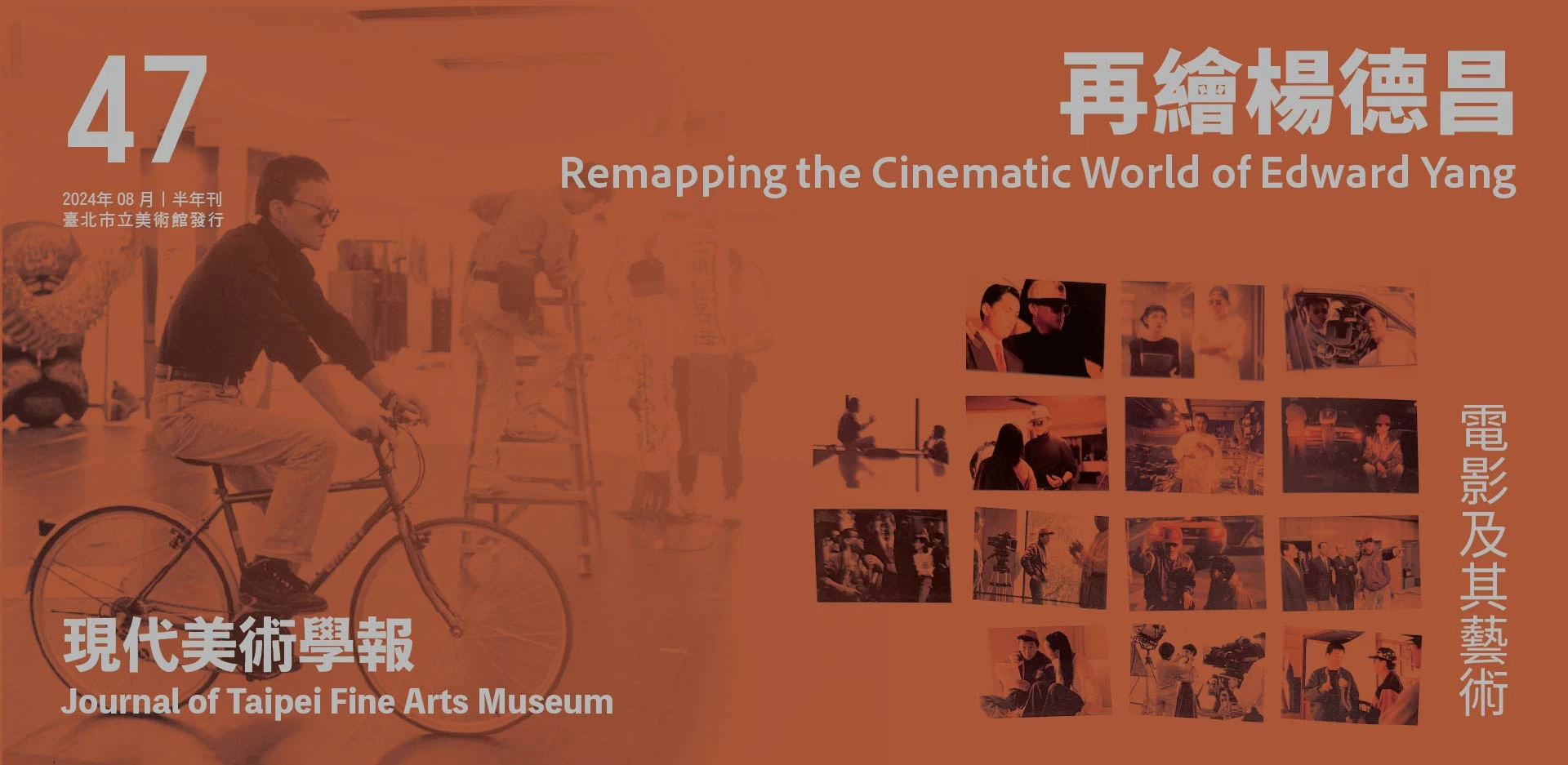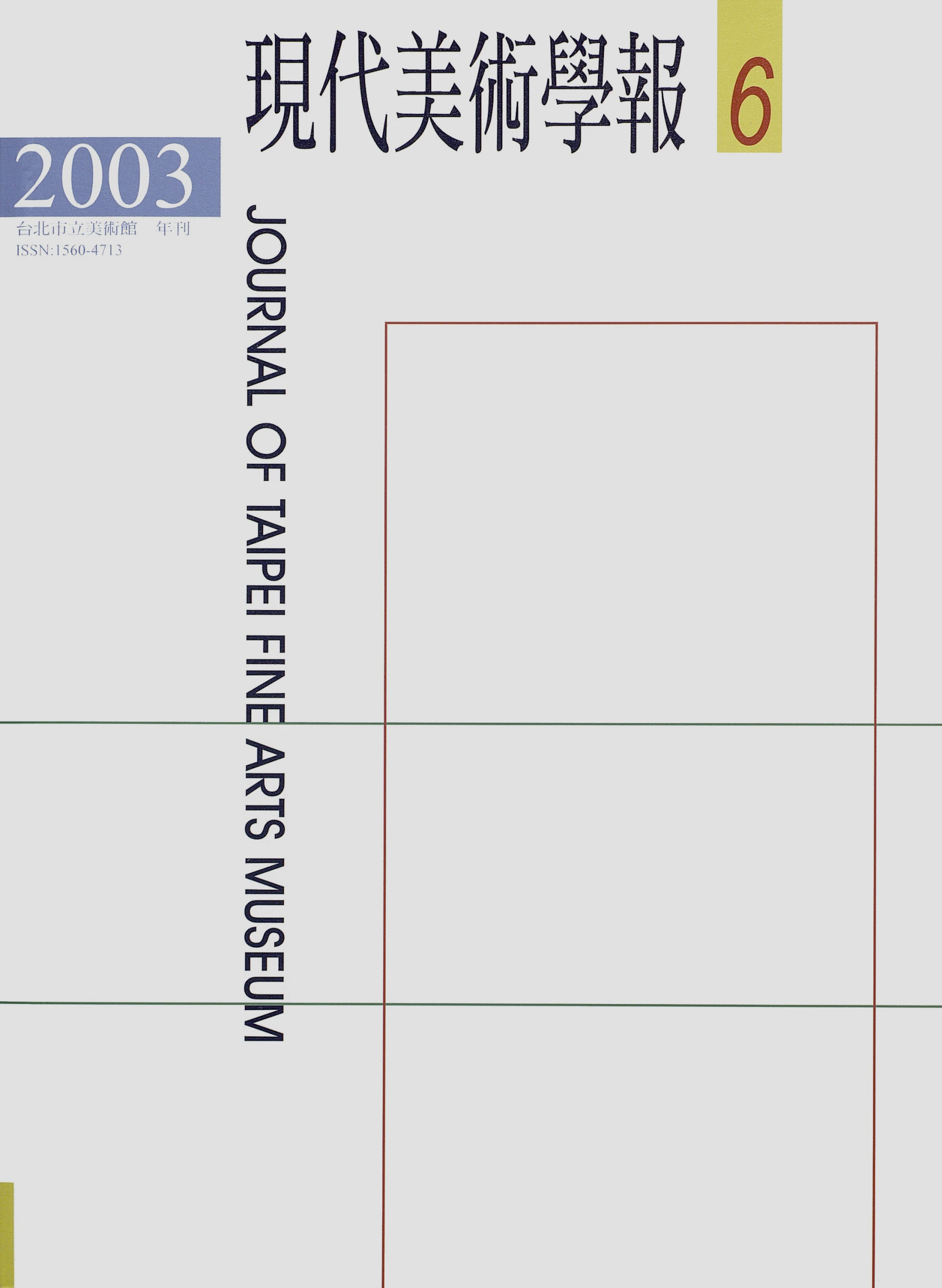摘要
從近代史的角度觀看,東南亞各國與台灣在現代藝術的發展過程中(廣義而言,現代化同意於西化),都呈現一個明顯的共同特點──現代化進程與被殖民經驗兩者互為因果且緊密相扣合。就台灣方面而言,現代藝術的前輩們對西方藝術的學習,幾乎是透過在台的日籍美術教師的啟蒙,進而遠渡重洋前往當時的統治者日本進修;無獨有偶,相同的軌跡也在印尼、菲律賓、緬甸、越南等國的現代藝術發展史得到印證。例如,二戰前在越南現代美術發展上佔有一席重要地位的「印度支那美術學院」(Ecole des beaux-arts de l'Indochine),便是由法國藝術家維克多.塔迪悠(Victor Tardieu)與曾經留學巴黎美術學院的在地藝術家阮南山所成立。
2015年本館主辦之國際學術研討會「東南亞與台灣:視覺藝術的現代性與後殖民表現」引起國內藝術界及學界對該議題的關注,因此擬延續該熱潮,將研討會之主題設定為本期學報之專題,期待獲得更進一步的探討。
新加坡南洋理工大學郭映思教授對她長期專研,有緬甸現代藝術之父稱號的巴基昂梭(Bagyi Aung Soe, 1923-1990)的創作進行考古式的爬梳與整理,得出其具現代觀念之藝術創作與佛教思想、修行間的緊密關係,同時對巴基昂梭如何解釋其藝術策略中的「現代」、「藝術」與「藝術家」的精神概念進行精采的分析。
馬來西亞獨立策展人及研究者蔡長璜(Chai Chang-hwang)以政經發展歷史為背景依據,作為分析馬來西亞90年代間興起的非主流當代藝術團體與替代空間的主客觀因素,並闡述其發展過程中所遭遇的各種問題與挑戰。
台灣影像工作者及獨立策展人羅秀芝(Sandy Hsiu-chih Lo)以柬埔寨金邊的「沙沙藝術計劃」(Sa Sa Art Projects)和吉隆坡的Lostgens’為例,藉以探討她長期研究與實踐的「策展地誌學」(curating topography),分析「策展地誌學」觀念如何轉換空間、作品與觀者的被動關係為地方、作品與參與者的主動連結。
Abstract
Viewed from the perspective of recent history, modern art as it developed in the countries of Southeast Asia and in Taiwan (where, broadly speaking, modernization was synonymous with Westernization) consistently shared one salient point of commonality: the process of modernization and the experience of being colonized had a mutually causal relationship and were inextricably linked. The first generations of Taiwanese modern artists learned Western art almost entirely from Japanese instructors living in Taiwan. Many then traveled abroad to Japan, the land of their rulers, for advanced studies. Quite similar experiences are also verified in the modern art histories of such countries as Indonesia, the Philippines, Myanmar and Vietnam. For example, one institution played a primary role in the development of fine art in Vietnam prior to World War II: the Ecole des beaux-arts de l'Indochine, founded by the French artist Victor Tardieu and the Vietnamese artist Nguyễn Nam Sơn, who had studied at the Ecole nationale superieure des Beaux-Arts in Paris.
The internationa l conference "Southea st Asia and Ta iwan: Modernit y and Postcolonial Manifestations in Visual Art," held by TFAM in 2015, sparked considerable interest within Taiwan's art and academic communities. In response, we have designated the subject of that conference as the special theme of this edition of the Journal, in the hope of engendering further discussion and deliberation of this topic.
Yin Ker, a professor at Nanyang Technological University in Singapore, has for many years engaged in research regarding Bagyi Aung Soe (1923-1990), the "father of modern Burmese art." Examining and arranging his artworks in a manner reminiscent of archaeology, she has unearthed an intimate relationship in his art between modern perspectives and Buddhist thought and meditative practice. She also presents masterful analysis of the spiritual concepts of "modernity," "art" and "artist" within Aung Soe’s creative strategy.
Malaysian independent curator and researcher Chai Chang-hwang analyzes the subjective and objective elements within the non-mainstream contemporary art groups and alternative art spaces that arose in Malaysia during the 1990s, set within the context of their political and economic history, elaborating on various problems and challenges encountered in their process of development.
Taiwanese image artist and independent curator Sandy Hsiu-chih Lo adopts Sa Sa Art Projects in Phnom Penh, Cambodia and Lostgens’ Contemporary Art Space in Kuala Lumpur, Malaysia as examples by which to explore the subject of "curating topography," which she has long both investigated and practiced. Lo analyzes how the concept of curating topography transforms the passive relationship of spaces, artworks and viewers into active connections among places, artworks and participants.

